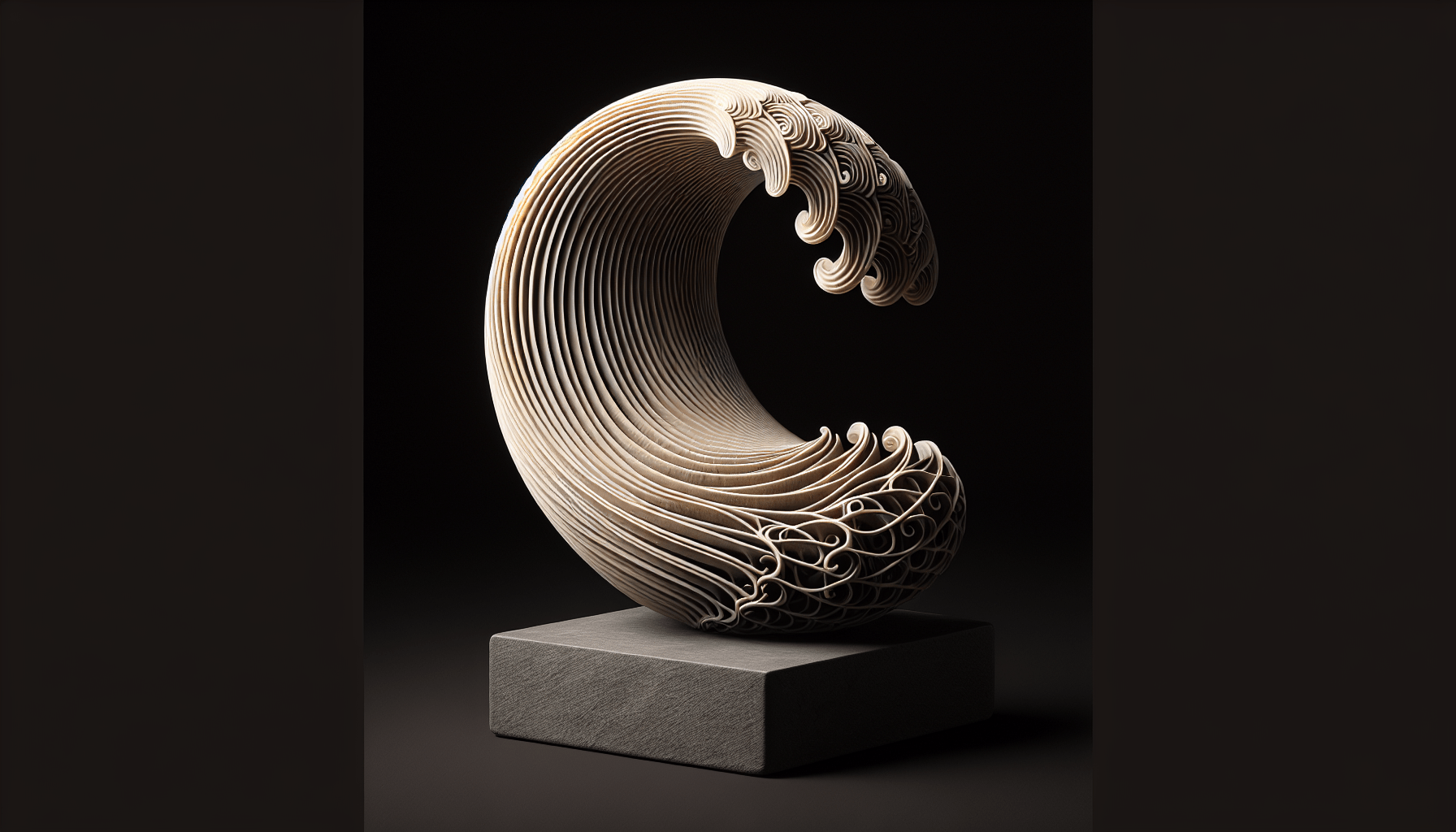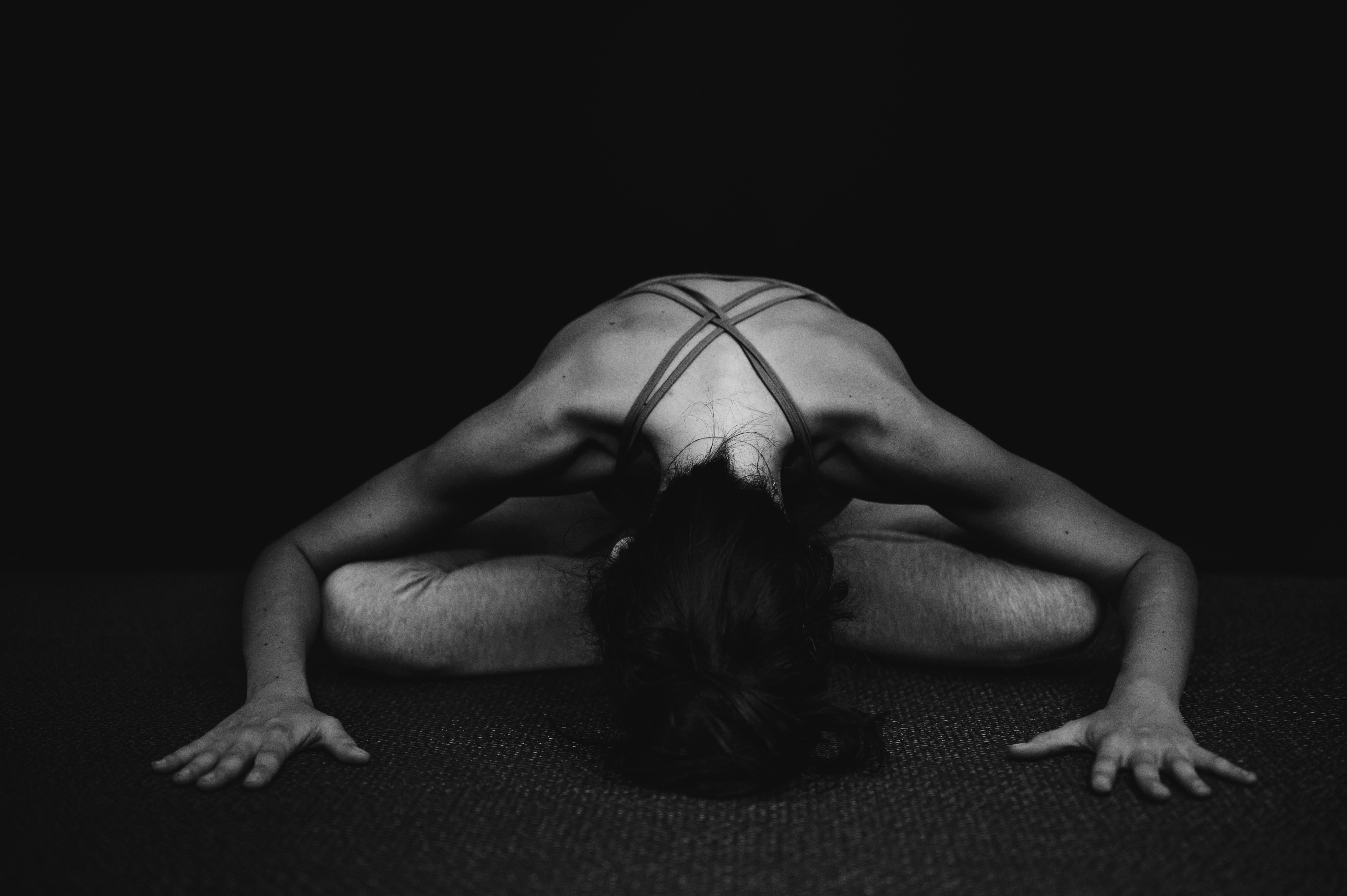Have you ever wondered how the mechanics of mindfulness can be explored and depicted through the medium of art? Eiji Sumi, a Japanese artist based in Bangkok, delves into this fascinating intersection of art and mindfulness in his latest project showcased at Gallery Ver. The project reflects Sumi’s unique ability to blend art and science to create an immersive experience that invites viewers to engage deeply with the concept of mindfulness.
The Genesis of the Project
“Wave Garden/El Paradiso,” running until September 21 at Gallery Ver, builds on Sumi’s previous project, “Reimagining Japanese Zen Garden With Wave Simulation.” This earlier work aimed to make the experience of the Zen garden accessible in a virtual format through computer simulations. It is through this innovative lens that Sumi continues to explore and expand the boundaries of art and mindfulness.
His new project meticulously examines the mechanics underlying wave generation. The artist delves into the scientific nuances of artificial wave formation and the rhythmic motion of waves, thereby offering an intricate understanding of how these elements foster a state of mindfulness.
The Synergy Between Art and Science
Sumi’s work seamlessly fuses art and science, an approach that he has honed over years of practice. This synergy is evident in his exploration of the coalescence between nature and human ingenuity. Here, the concept of the Japanese Zen garden is reinterpreted to create an artful sanctuary where the boundaries between the natural and the artificial dissolve into a harmonious whole.
Sumi’s innovative approach prompts viewers to experience a profound sense of mindfulness, transforming their understanding and interactions with both art and nature. By studying the mechanics of wave formation, he transcends traditional artistic boundaries, creating new opportunities for immersive and meditative experiences.
The Study of Wave Mechanics
The process of creating this project involved an in-depth study of the mechanics underlying wave generation. These mechanics are not merely technical but profoundly philosophical, drawing a parallel to the cycles of life and death represented in wave formations. Sumi’s meticulous attention to the swirling, undulating motions of waves helps to create a meditative cadence that can induce a state of mindfulness in the observer.
Artificial Wave Formation
Artificial wave formation is key to Sumi’s exploration. He delves deep into the scientific principles governing this phenomenon, employing materials and techniques that capture the essence of waves. This analysis goes beyond mere representation, touching upon the very nature of waves and their intrinsic connection to human mindfulness.
The Role of Rhythm
Rhythm plays a pivotal role in this project. The rhythmic movement of waves serves as a metaphor for the cycles of life, encouraging observers to reflect on their own experiences and perceptions. This rhythmic cadence is a powerful tool in driving mindfulness, helping individuals focus their thoughts and achieve a state of meditative calm.
The Auditory Dimension
In addition to visual elements, Sumi explores the auditory dimension of water and its perception. By reconstructing the ancient Japanese water bell system called suikinkutsu, he taps into the melodic symphony of water, revealing its potential for hydrotherapeutic meditation.
Suikinkutsu
Suikinkutsu, an ancient Japanese garden ornament and music device, creates soothing sounds using water drips. Sumi’s modern rendition of this system enriches the sensory experience, combining auditory and visual stimuli to foster deep levels of mindfulness.
Hydrotherapeutic Meditation
The convergence of art and hydrotherapeutic meditation opens new avenues for mindfulness practices. The melodic water sounds create a tranquil environment that encourages relaxation and deep contemplation. This fusion enhances the impact of mindfulness, providing a multi-sensory experience aimed at holistic well-being.
Gallery Ver: A Hub for Innovation
Located on Narathiwat Ratchanakharin 22, Gallery Ver serves as the perfect venue for Sumi’s innovative projects. The gallery has consistently been a hub for cutting-edge art that challenges traditional boundaries and fosters new ways of thinking.
- Opening Hours: Wednesday to Sunday from noon to 6 pm.
- Contact Information: Visit facebook.com/galleryver or call 02-120-6098 for more details.
Eiji Sumi’s Artistic Vision
Eiji Sumi is known for his multifaceted approach that bridges art and science, sensitivity to social issues, and innovative use of mixed media. His work is not confined to mere visual appeal but extends to thought-provoking content that engages viewers on multiple levels.
Art-Science Practices
Sumi’s blending of art and science makes his work unique. He employs scientific methods to inform his artistic creations, resulting in pieces that are as intellectually stimulating as they are visually captivating.
Social Sensitivity
Engaging with relevant social issues is central to Sumi’s practice. He uses art as a medium to explore and comment on societal dynamics, thereby adding depth and relevance to his projects.
Mixed Media Approaches
His use of mixed media allows for the incorporation of various textures, forms, and ideas, enriching the viewer’s experience. This versatility aids in creating immersive environments that transcend traditional artistic boundaries.
The Intersection of Nature and Artificiality
At the heart of Sumi’s project lies the intersection of nature and artificiality. By reimagining the Zen garden, he creates a space that is both natural and man-made, challenging viewers to reconsider their understanding of these dichotomies.
Japanese Zen Gardens
Traditional Japanese Zen gardens are designed to foster contemplation and mindfulness. Sumi’s modern interpretation retains these core principles while infusing them with contemporary elements. This blend of the old and new makes his work both timeless and timely.
Man’s Ingenuity
By incorporating elements such as artificial wave formation and modern renditions of suikinkutsu, Sumi highlights human ingenuity. This fusion of natural beauty and scientific innovation exemplifies how mindfulness can be cultivated in an increasingly complex world.
Democratizing the Zen Garden Experience
One of the standout features of Sumi’s work is its democratic approach to the Zen garden experience. His use of virtual formats and computer simulations makes this traditionally elite experience accessible to a broader audience.
Virtual Formats
The use of virtual formats allows for an immersive experience that can be accessed remotely. This democratization opens up new possibilities for mindfulness practices, making them more inclusive and accessible.
Computer Simulations
Computer simulations provide a dynamic and interactive way to experience the Zen garden. These simulations not only replicate the physical beauty of the garden but also capture its philosophical essence.
The Future of Mindfulness in Art
Eiji Sumi’s innovative approach challenges us to rethink the future of mindfulness in art. By blending traditional elements with modern technology, he opens the door to new ways of experiencing and understanding mindfulness.
Art as a Sanctuary
Art has the potential to serve as a sanctuary, offering an escape from the chaos of everyday life. Sumi’s work exemplifies this potential, creating spaces that encourage relaxation and deep contemplation.
Multi-Sensory Experiences
The incorporation of multiple senses enriches the mindfulness experience. Visual, auditory, and tactile elements come together to create a holistic environment that fosters inner peace and mindfulness.
Technological Integration
The use of technology in art is not merely a trend but a transformative approach that bridges the gap between the past and the future. Sumi’s work sets a precedent for how technology can be used to enhance traditional practices, adding depth and relevance.
Conclusion
Eiji Sumi’s exploration of the mechanics of mindfulness through his project at Gallery Ver is a testament to the transformative power of art. By seamlessly blending art and science, he creates an immersive experience that invites viewers to engage deeply with the concept of mindfulness. His innovative approach democratizes the experience of the Zen garden, making it accessible and relevant in today’s world. Through his meticulous study of wave mechanics, auditory dimensions, and the intersection of nature and artificiality, Sumi offers a profound commentary on the nature of mindfulness and its significance in our lives.





